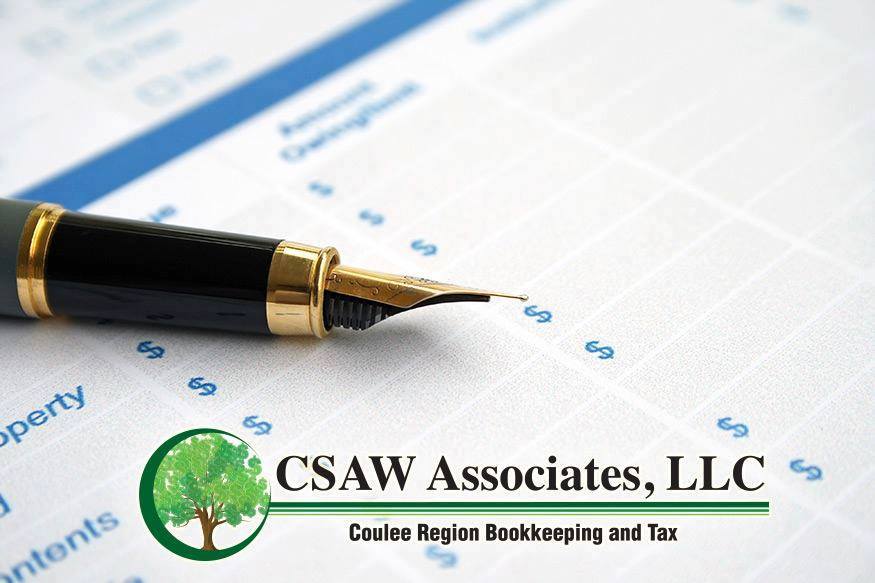How to Make Estimated Tax Payments
If you are paid a salary and receive a W-2 from your employer, part of your paycheck goes to Uncle Sam as federal withholding. These are payments toward your taxes. If you earn additional income beyond your salaried income, if you are under-withheld, or if you have your own business, you may need to make estimated tax payments through the tax year. These estimated tax payments can be made on a quarterly basis.
The general rule is that as you earn income, you should also be paying a portion in taxes. If you don’t pay in enough, you may be subject to penalties. To avoid penalties, the amount you pay as a minimum should be the lesser of 100% (or 110% depending on your income level) of your prior year tax or 90% of your current year tax during the year.
Whether the payments are made via withholdings or estimated tax payments, the IRS expects those payments to be made evenly and consistently throughout the year. If you don’t make any payments at all throughout the year and then pay a large amount late in December, you might get an estimated tax penalty because you didn’t remit payments as you earned the income.
Exceptions are allowed if your earnings substantially fluctuate throughout the year, quarter-by-quarter. You can complete Form 2210 to help minimize any penalty if you have fluctuating income and tax payments.
Generally, estimated tax payments become applicable when you have either Schedule C or flow-through business income or significant investment income (interest, dividends, and capital gains), because there is usually no withholding on that type of income.
To make a payment or get directions on how to make a payment, go to https://www.irs.gov/payments. Payments can be made by check (include estimated tax vouchers provided by IRS when you send them – 1040-ES forms) or online using a credit card or bank draft.
The due dates for remitting these payments are generally on the 15th of April, June, September, and January, unless one of those days is on a holiday or weekend (in which case payment would be due on the next business day).
For 2021 estimated tax payments, these dates are as follows:
- April 15th, 2021 (1st quarter payment)
- June 15th, 2021 (2nd quarter payment)
- September 15th, 2021 (3rd quarter payment)
- January 18th, 2022 (4th quarter payment)
If you have big payments due or big refunds due in April each year, then you are either paying too little or too much. Doing a good job at estimating your taxes will smooth out your payments throughout the year. If you’d like to get a projection for Tax Year 2021, feel free to reach out to us any time.



